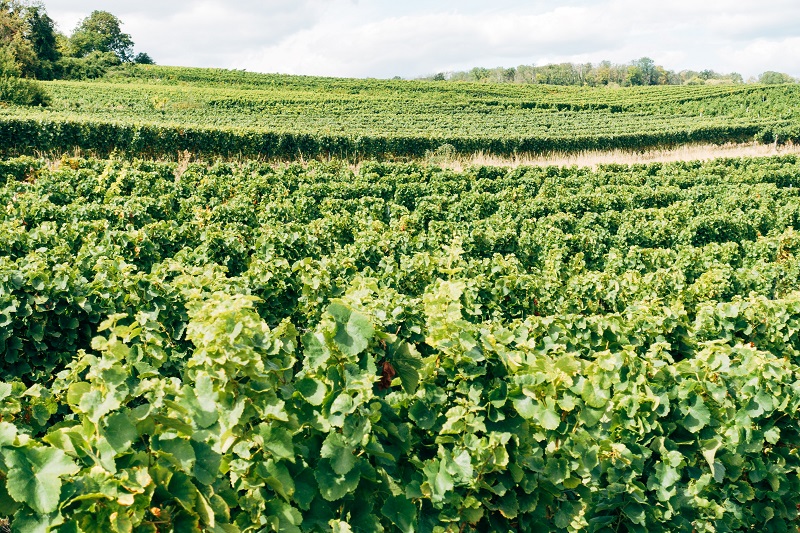Soil Salinity Will Affect Almond Production
Each year during the last 10 to 20 growing seasons, subtle changes have occurred in certain areas that may ultimately determine where almonds can and cannot be grown. Droughts and reduced water deliveries only exacerbate the situation. The problem is a gradual buildup of salt levels in orchards. Whether this problem originated from poor water quality, a reduced water supply, poor irrigation management, or consecutive droughts, the ramifications of this salt buildup, if left unchecked, will seriously impact almond production.
It is not uncommon to look at a 10-year series of leaf analysis from a particular block and see a gradual increase in the levels of chlorides or sodium each successive year. Because the changes occur slowly over the course of several years, the actual levels may seem un-alarming, even though they may be well above the thresholds that are normally considered toxic to the trees. In addition, this slow change rarely produces the “acute toxicity” symptoms normally associated with salt burn. What does occur is a reduction of shoot growth and smaller kernel sizes. Trees may take on the appearance of being dry stressed, even shortly after an irrigation when soil moisture is ample.
The Root Of The Problem
There are more than a few reasons we are seeing these recent changes. Obviously if the source of irrigation water servicing the orchard has had a decline in quality (i.e. higher salt levels), problems will surface. However, even if water quality is marginally good, problems will arise if irrigations are not properly managed. In orchards where flood irrigations or high volume sprinklers were used, sufficient quantities of water were applied to leach salts below the active rootzone. With a trend toward lower volume drip and microsprinklers, much of this leaching is not occurring. Low winter rainfall will also prevent leaching of salts.
This is not to imply that more efficient irrigation systems are at the root of salinity problems. By their nature (high efficiency), many orchards are being irrigated at their actual evapotranspiration (ET) needs by these low volume systems, resulting in minimal waste of applied water. However, since it typically takes about 15% more applied water than the trees’ ET demands to leach salts below the bottom of the rootzone, this leaching is just not happening. Over time, the results of this gradual accumulation of salts can be seen in poor growth and reduced productivity, even in the absence of typical “salt burn” symptoms on the leaves.
Other Contributing Factors
There are other factors that can affect salt buildup. Even with flood or furrow irrigations, trees planted on berms with marginal water quality may see salts building up due to the “wicking” of the salts up to the top of the berms. These salts rise with the front of the wetted zone and precipitate when the water recedes. After severe repetitions of this practice, critical salt levels are reached. A similar type of salt deposition occurs when orchards are grown in areas with high water tables of saline water. As the tables fluctuate, the salt rises with the front of the water into the rootzone and is left behind when the water recedes. This can happen even with no obvious aboveground symptoms since many water tables do not always rise to the surface of the ground level.
Remember that all of the soil amendments in the world (gypsum, sulfur, compost, acid, humates, etc.) will be of little value if the salt they free up is not leached out the bottom of the rootzone. If reduced water allotments or allocations prevent irrigating with leaching considerations, or in many cases even to full ET, problems with salts can be expected.
The perfect cure is a steady rain over several days during the dormant period, since that is when soils temperatures are lowest (reduces Phytophthora risk), root activity, shoot activity, and ET are at a minimum, and crop and cultural activities are not compromised. Recently we have not been blessed with such winters. If supplemental water (either surface or well) is available to winter leach, preferably in early January, this should be implemented.










